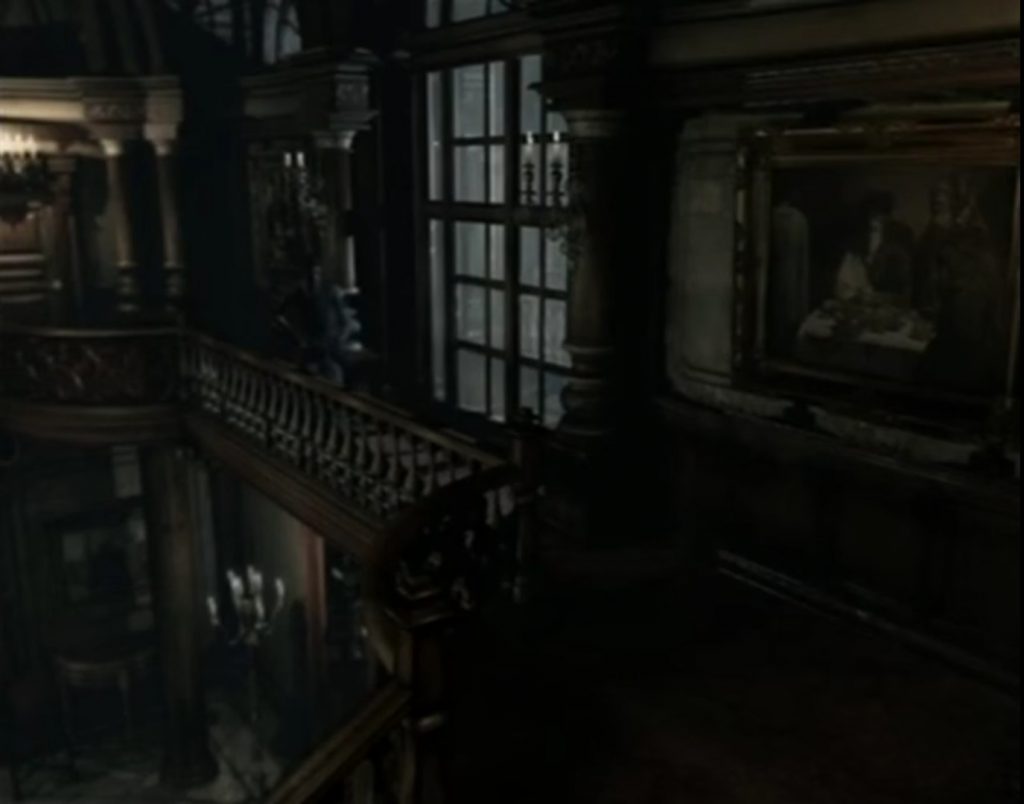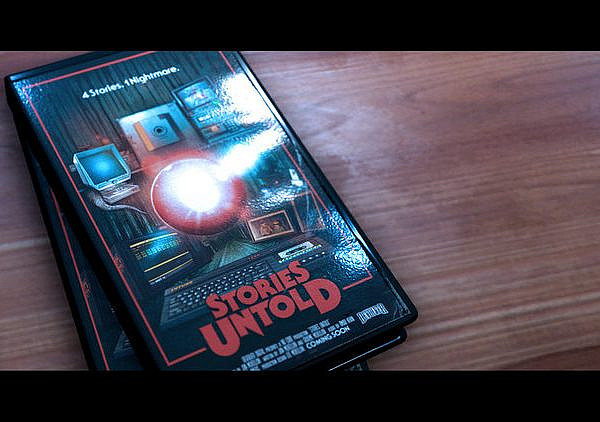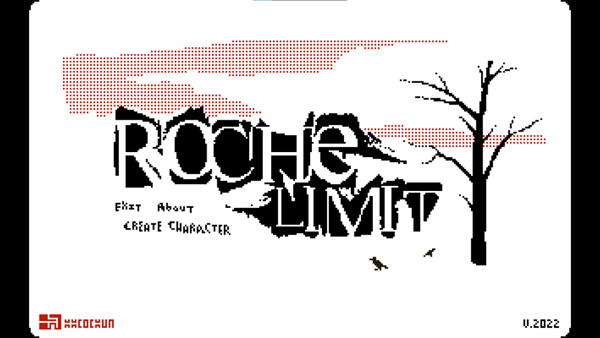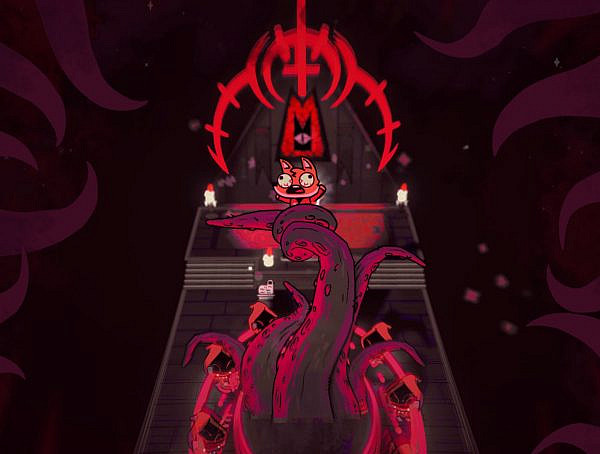How Resident Evil conveys horror through the rhetoric of corruption.#survivalhorror #residentevil
In his article, author Charley Reed examines how Resident Evil (1996) functions rhetorically by critically analyzing the methods it uses to build tension and create an unsettling atmosphere. More specifically, he analyzes Resident Evil through the lens of schema theory and expectancy violation theory (EVT), focusing on how the game defies player expectations and how the theme of corruption is a pervasive part of its design. What he refers to as “corruption rhetoric” is an amalgamation of Judee K. Burgoon’s EVT, which states that people face emotional distress when faced with deviations from enduring patterns of behavior, and Noël Carroll’s definition of horror as “disturbances of the natural order that evoke feelings of revulsion, nausea and disgust” combined with Barry Brummet’s definition of rhetoric as “the ways in which signs influence people”. According to Reed, the theme of corruption is evident in four different aspects of the game: corruption of media, nature, architecture and authority.
Corruption of media can be seen in “remediation” (representation of one medium in another), which according to Ewan Kirkland, provides atmosphere, context and information. It also creates verisimilitude (a sense of realism), which helps to ground the artificial game experience and make it more relatable. The various documents, books and old notes that the player finds flesh out the narrative and let the player extrapolate past events and fill in the blanks; diaries of people who turned into zombies underline the corruption of flesh from human to undead and violate player’s previous framework by humanizing the enemy (zombies). Most newspaper clippings, radio recordings etc are also degraded, incomplete or broken, which further emphasizes the theme of corruption and decay.
Corruption of nature manifests itself in zombies, as well as other enemy types which the player encounters, as they violate our notion of normality and what’s natural, as they exist in an unnatural state between life and death. Zombies and various beast-like animal enemies are also physically corrupted, as their flesh is rotten, spiders and snakes are gigantic and so on.
Corruption of architecture can be seen in the mansion where the game takes place in, which draws inspiration from Sweet Home (1989) and Alone in the Dark (1992), Resident Evil’s two main gameplay inspirations, as well as the gothic horror genre. Not only is the décor decrepit, but the actual layout of the building is complex and perilous. While at first the large open main entrance feels welcoming, the cramped hallways have little room to maneuver around enemies and their restrictive and unconventional camera angles induce a state of uneasiness and dread in players. After the player becomes accustomed to the maze-like floor layout and clears the area from enemies, he/she has to travel to new areas (and upon later revisiting the mansion, unexpectedly meets up with a new powerful enemy type), so there’s always an undercurrent of unfamiliarity preventing the player from feeling comfortable. Naturally the mansion’s corruption is also conveyed visually via blood splatters, dead bodies and general decrepitude. It is also corrupted on a more symbolic level, as the place acts as a façade that hides the evil Umbrella corporation’s secret research facility.
Corruption of authority can be seen both in how the Umbrella corporation has conducted unethical experiments as well in how Albert Wesker, a fellow S.T.A.R.S team special operative and a team leader, secretly works for Umbrella and betrays the player character. This deep-rooted sense of ethical corruption implies that there are larger forces at work, and that the problem isn’t limited to just the mansion and its vicinity, which causes further anxiety.
Whether the rhetorical corruption occurs within the game’s setting, the enemies faced by the player, or the gameplay itself, the creators of Resident Evil identified gamer expectations only to violate those expectations in order to produce a tense experience that set the standard for the survival horror genre which it spearheaded.
Original article: http://gac.sagepub.com.helios.uta.fi/content/11/6/625.full
You might also like
More from Game Research Highlights
How do you want to do this? – A look into the therapeutic uses of role-playing games
Can playing RPGs contribute positively to your wellbeing? A recent study aims to find out how RPGs are being used …
Are Souls Games the Contemporary Myths?
Dom Ford’s Approaching FromSoftware’s Souls Games as Myth reveals the Souls series as a modern mythology where gods fall, desires …
Of claws and cuddles: Exploring Dark Cozy Games
Cute, wholesome, safe....dark, heavy, violent? Let's talk about dark cozy games!
















